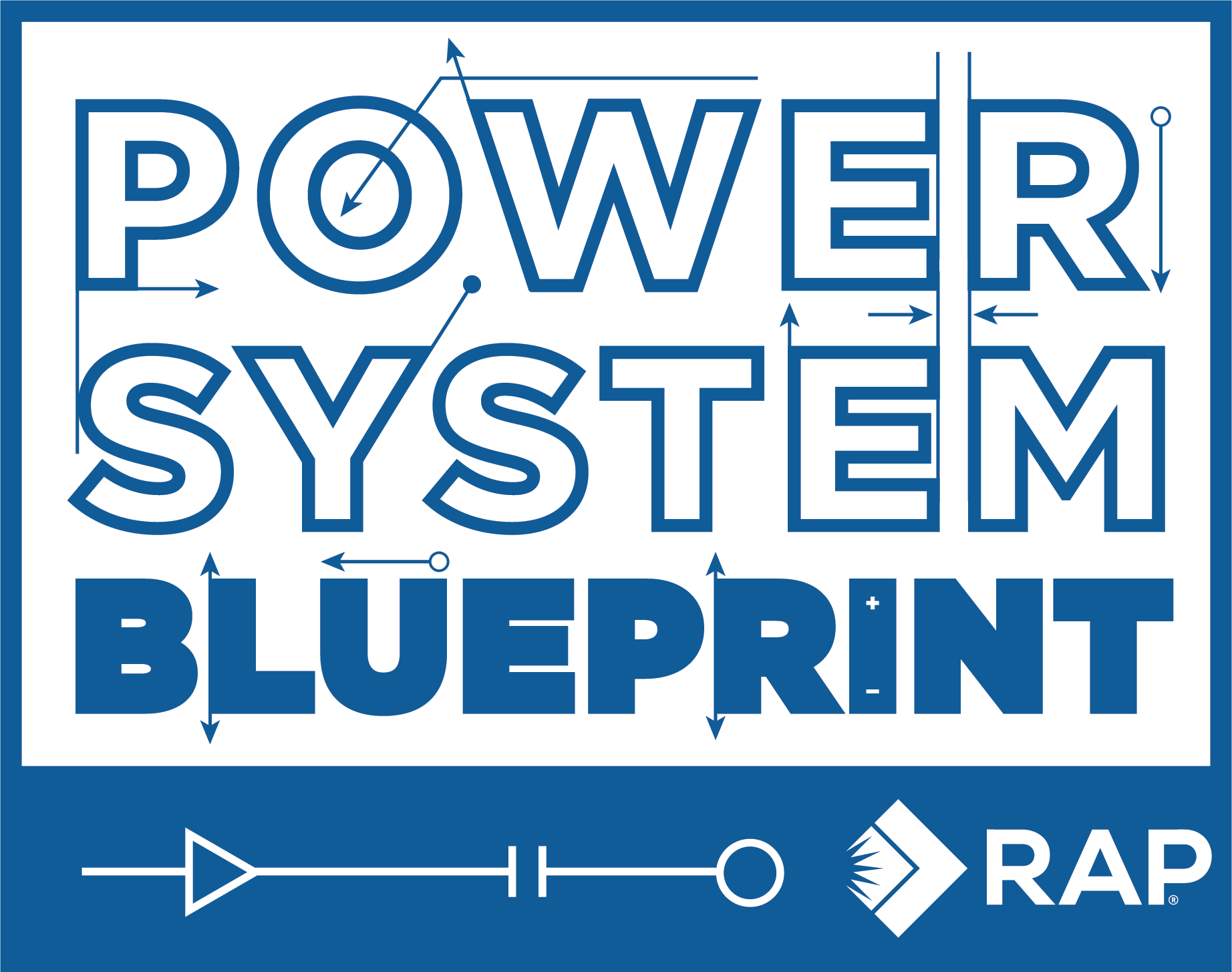SUMMARY
An independent and empowered regulator is better able to fulfil its duty of serving the public interest long term. This independence underpins its effective performance in regulating networks, monitoring market power, protecting consumers from unfair practices and ensuring a speedy energy transition at least cost.
NRAs (national regulatory authorities) may be hindered by a number of factors. The three most likely are:
- Activities are unduly influenced by regulated industry, government, politicians or outside interest groups independent of politics.
- Competence is constrained by a lack of resource as provided for by the government.
- Legislation does not provide for the appropriate powers and tools to deliver on their objectives.
Regulatory independence is attained through role clarity, leadership independence, financial independence and an ethical and independent regulatory culture. Key here is the proper resourcing and empowerment of the regulator, provided for by legislation and ideally financed by fees set by multiannual budget allocations.
WHAT
Independent, resourced and empowered regulators
HOW
Establish role clarity, financial independence, independence of leadership, strong culture
WHO
National regulatory authorities
WHEN
By 2025
The regulator’s typical objectives are to manage reliability, environmental and cost considerations, plus equity concerns, in the energy sector in a way that best serves the long-term public interest (see Clear Roles and Responsibilities factsheet). Environmental concerns are increasingly focused on supporting the energy transition. Duties typically encompass regulating network companies, including by mimicking market conditions to ensure reliable service at lowest cost, shaping wholesale trading arrangements to support efficiency and protecting consumers from unfair practices. The regulator in some environments may be required to regulate government entities that compete in the market with private business and provide a framework that ensures a level playing field.
The regulator’s effectiveness in fulfiling these duties draws on public confidence in the objectivity and impartiality of decisions and trust that the regulator is independent from politicians, government and regulated entities in fulfilment of its duties. Such independence can be served by:
Role clarity, responsibility and powers. This builds on clear objectives and functions of the regulator to ensure clarity of role, as well as limits to the executive´s ability to withhold powers to set tariffs or prices and review or approve contract terms with the regulated entities orto influence unduly or overturn these decisions. The effectiveness of the regulator additionally hinges on its empowerment in law in giving it the tools to succeed. Role clarity in national legislation is a key recommendation of the EC´s assessment of independence of NRAs.
Leadership independence. This hinges on conditions and processes for the appointment and dismissal of the members or head of the regulatory agency, such as selection and appointment of new board members by search committee — including well-regarded technical experts working outside government — rather than government executives, and transparency and accountability in these processes. Clear criteria communicated in advance for the selection of candidates can support this.
Financial independence. Multiannual (rather than annual) budget allocations and clearly stated sources of funding in the legislative framework are needed. Whether funded through fees or direct through the state budget, transparency and clearly defined processes and criteria in setting the budget or fee level are important. For regulators that are funded through fees, an appropriate cost-recovery mechanism is essential to set the right fee and avoid underfunding of the regulator, its capture by industry or undermining by the executive. Adequate resources are necessary to support regulatory effectiveness — for instance to ensure that a sufficient number of staff members with appropriate skills and experience can be hired — as well as autonomy in managing these resources.
Culture and staff behaviours. These may include restrictions on pre- or postemployment of professional staff to avoid a revolving door culture and conflicts of interest, which can undermine independence.
Independence must not come at the expense of accountability. Accountability builds on the regulator’s reporting requirements to the legislature on its effective exercise of powers and responsibilities, activities and outcomes and is also strengthened through an adequate appeals mechanism of the regulator’s decisions. Independence must be proved to the public through extensive transparency in decisions and deliberations, as well for public and third-party participation.
Key Recommendations
- Ensure the independence of Member State NRAs with respect to their day-to-day operational decisions from government and with industry. This may include: (1) strengthening postemployment restrictions for those in positions of leadership, where energy regulators lag most other regulators; (2) providing for greater regulatory autonomy in setting head counts, general autonomy in spending funds and greater transparency and predictability in funding mechanisms; and (3) instituting clear and extensive rules in Member State legislation to ensure the NRAs’ independence from politics and from the industry. Providing adequate resources is another important consideration – without sufficient resources provided for by Government to execute the role of regulating industry, the regulator risks being like a lion tamer in a ring with lions but denied a whip by the circus owner.
- Complete a Europe-wide audit of the extent to which existing arrangements empower energy regulators to shape and drive the energy transition, recognising their strengths, such as technical expertise, relative distance from short-term political pressures and data access. This should also highlight best practices and provide accompanying recommendations. Such independent analysis is necessary as executives may consider it in their interests to leave scope for influence, while giving the impression of independence.

References and Further Reading
- Council of European Energy Regulators. (2021.) Monitoring NRAs’ independence: Regulatory benchmarking report.
- European Commission. (2019.) Assessing the independence and effectiveness of NRAs in the field of energy.
- European Commission. (2020.) The Third Energy Package.
- Organisation for Economic Co-operation and Development. (2019.) The 2018 indicators on the governance of sector regulators – Part of the Product Market Regulation (PMR) survey.
- Organisation for Economic Co-operation and Development. (2021.) Independence of regulators and protection against undue influence.
- Taylor, K. (2019.) Jurisdictional review of energy regulation by province and territory. Council for Clean & Reliable Energy.
- Published:
- Last modified: August 13, 2024

 Quick guide on how to use this website:
Quick guide on how to use this website: